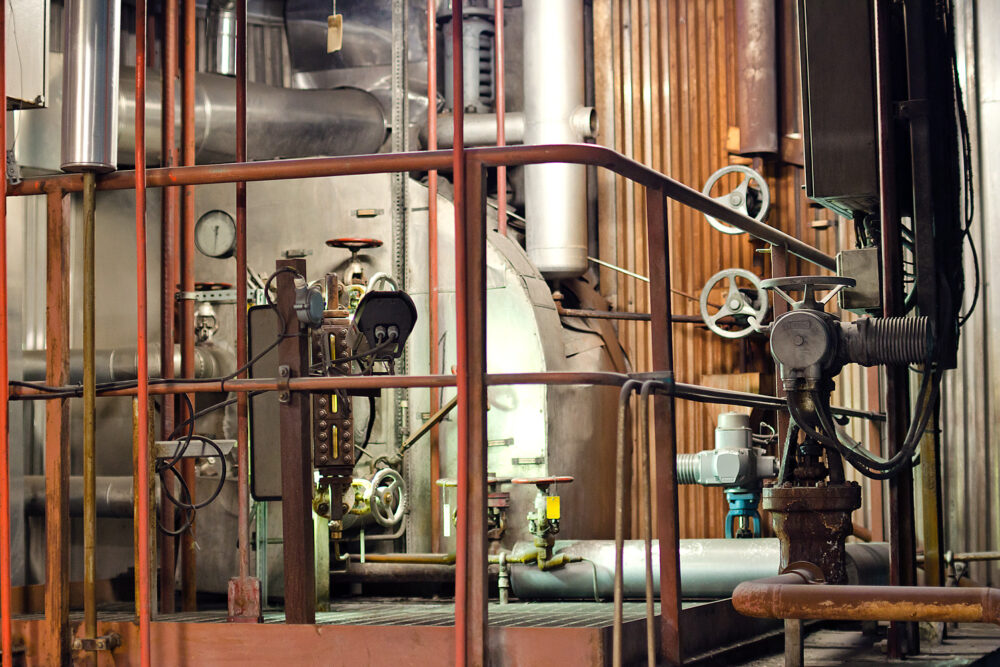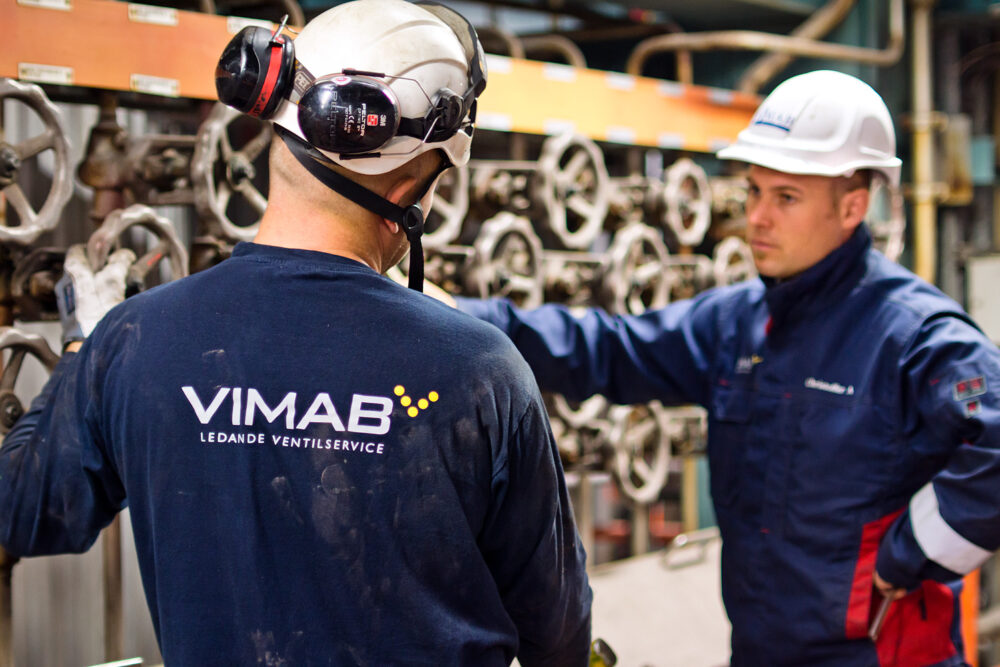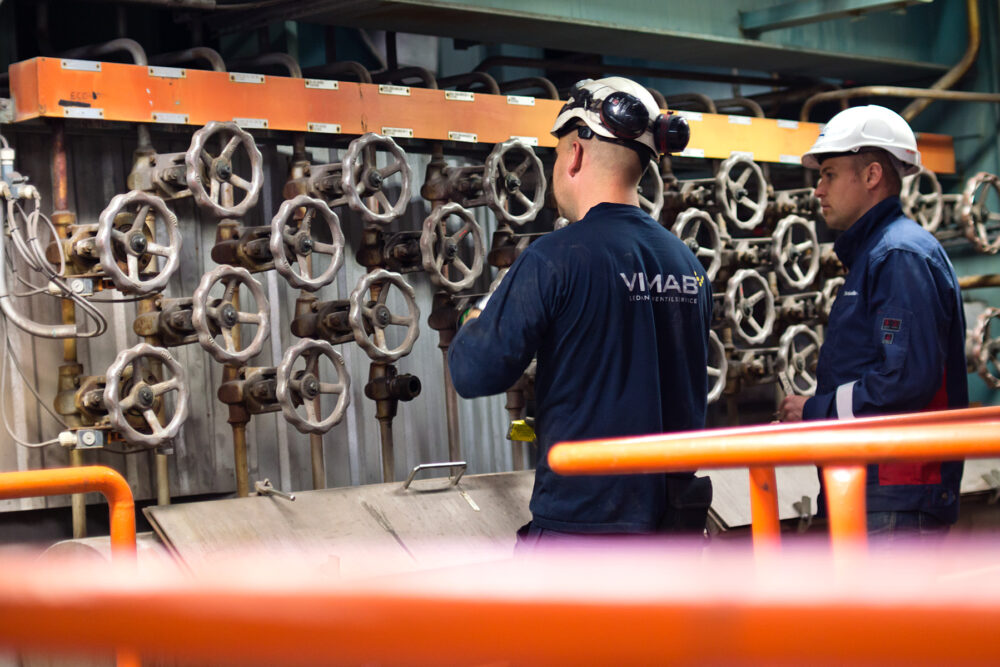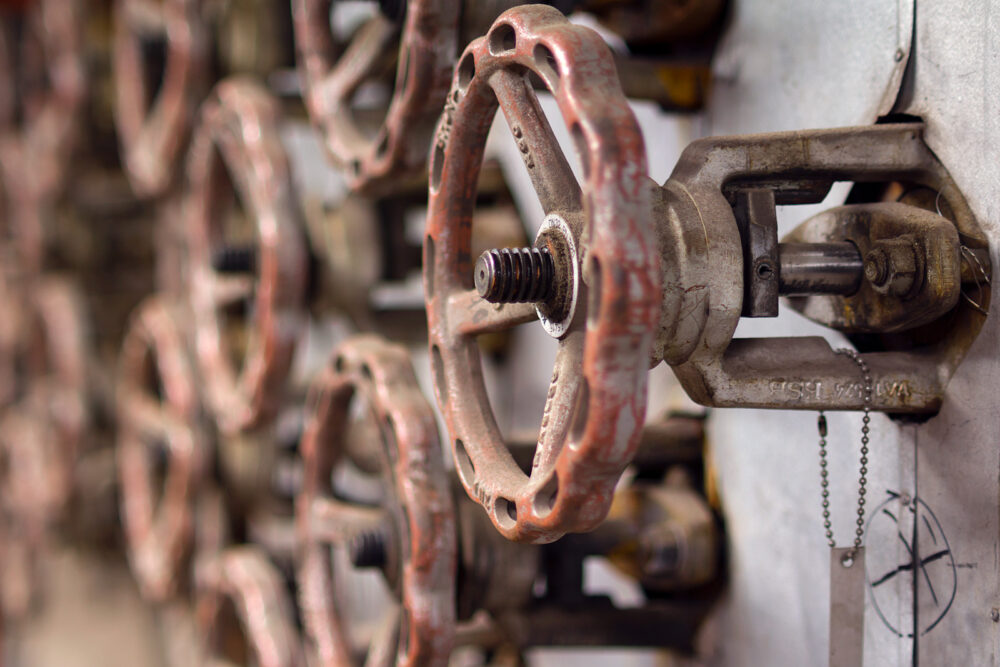Safety and control valves

An important element for a safe plant is functioning valves. To achieve and guarantee this, knowledge of valves is required, with regard to use, function and installation. The course provides a good insight into how valves work and the importance of proper maintenance and installation of valves.
Who is the course aimed at?
The training is aimed at operating personnel, maintenance personnel and designers. In short, anyone who uses valves in production, carries out maintenance work, installs new valves or selects valves.
The course is conducted in co-operation with VIMAB and in their premises. There is access to well-equipped workshops where the theory covered can be immediately applied and exemplified in a good way. The course documentation contains a comprehensive general theory part on valves and their installation as well as methods for calculating capacity and pressure drop.


Course objectives
After the course, the participant should be able to understand and handle different safety valves in a correct and safe way. The participant should be able to disassemble and renovate a valve so that its function remains after the renovation. Operation, installation, control and above all safety are fundamental to the content.
Course length: Full day
Course content
The training provides an insight into regulations, criteria for valve and actuator selection, dimensioning in theory and practice and the different types including advantages and disadvantages of valves that exist. The training also covers what is required to get a well-functioning process and what is needed for requirement specifications regarding the choice of valve. Below you see the elements included in the training:
- Standards and regulatory requirements ? CE/PED, ATEX, building lengths
- Regulations and standards
- Responsibility ? Manufacturer and supplier NL09
- Concept of pressure, pressure stroke & pressure drop ? Why does it occur and how do we avoid it?
- Sizing up? When is it more or less important?
- Materials ? Most common valve materials
- Function ? Switching off or regulating
- Installation, operation and safety ? Disassembly and reassembly. Maintenance/repair, testing before reinstallation
- Practical valve testing and control
- Capacity
- Environment and safety
- Criteria for valve selection
- Calibration
- Troubleshooting
- HART, Profibus
- Blasting ink
- Different methods of grinding
- Different methods of testing
- Checkpoints during service
- Valve parts in English and Swedish
- Expanded reasoning on tests
- Dimensions and clearances
- Proof printing
- Types of valves ? Manual, self-operated, pressure or temperature controlled. Pneumatic and electrically controlled valves. Pressure regulators, overflow, steam traps, safety valves, etc.
- Actuators
- Mode switch, 4 ? 20 mA or 3 ? 15 PSI
- Valve characteristics
- Shut-off valves ? Design to function
- Shut-off valves in reality ? How do you do it and why?
- Automation on/off ? Actuators and solenoid valves
Education in handling valves
At VIMAB, we are happy to share our extensive experience in valve service. We now offer qualified training programmes and courses in the field. The starting point is that you should learn things that you can use directly in your work. Theoretical and practical handling of valves, both manual and automated, is essential knowledge for increased safety and productivity.


Customised course for companies
Our training programmes are designed to give you knowledge that you can use directly at work. That's why you and the other participants set the direction. Our trainers have extensive industry experience, so take the opportunity to ask your specific questions to an expert. The course is a natural meeting place for people with similar work tasks, which means that the exchange of knowledge between course participants is also a natural and important element of the training.
Any questions?
Do you have questions about course content and dates? Do not hesitate to contact us!! We'll be happy to tell you more about all the possibilities.
Enrolment in training programmes
